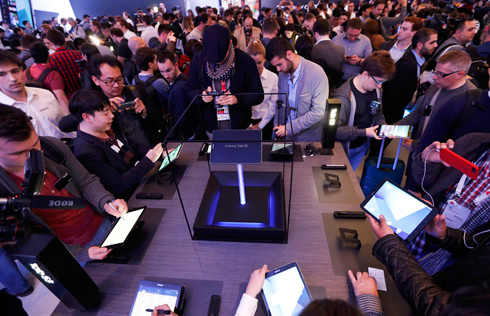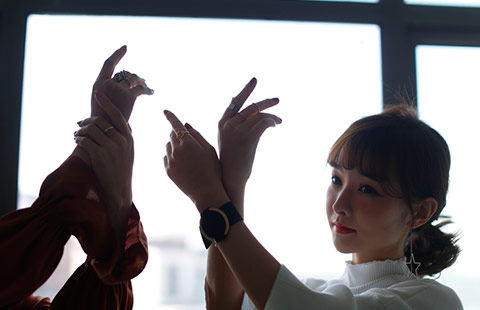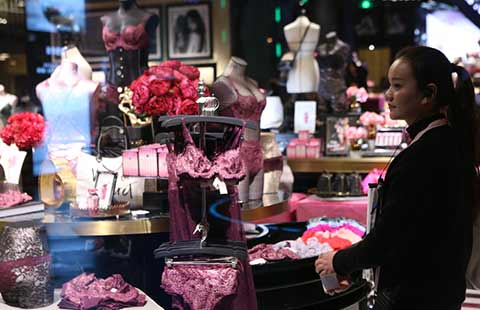Glitter in daily wear is new normal in fashion
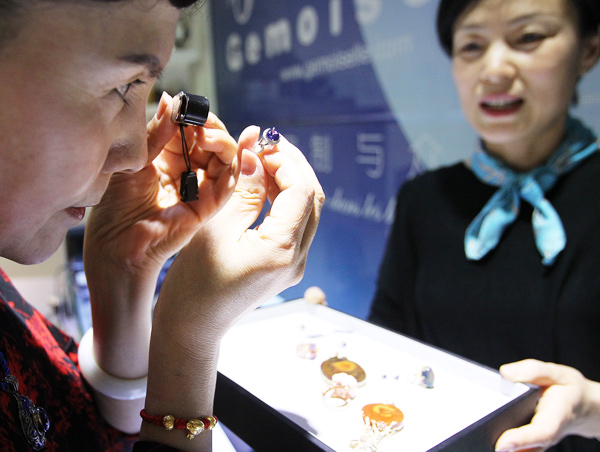 |
|
A buyer examines a sapphire at a Gemoiselle Jewelry store in Beijing. ZHANG WEI / CHINA DAILY |
From precious, luxury goods to affordable mass-market products. Diamonds have made that journey quickly in China.
Changing lifestyle trends and evolving urban culture have ensured that purchase of diamond-studded jewelry for daily wear is the new normal in fashion.
Beijing-based Gemoiselle Jewelry would agree. A majority of branded diamond product sales at the Chinese firm, which is known for its custom diamond accessories, are for such occasions.
Women in white-collar jobs are among its diamond buyers. On average, they spend about 10,000 yuan ($1,458) per transaction involving diamond ornaments. They do not necessarily buy large diamonds. Instead, they are more concerned about the designs.
"They care more about the piece being fashionable and whether it matches their daily wear. Besides, they care about brands like Tiffany & Co, Cartier and Chow Tai Fook. Young consumers also buy earrings and necklaces studded with diamonds in a way that suggests diamonds play a supporting role in gold jewelry," said Cao Wei, chief executive of Gemoiselle Jewelry.
"Colorful jewelry is also emerging in the Chinese market. The category is starting to take more market share. However, diamonds, whether they serve as the main body or the supporting part of a jewel, will always exist and are favored by consumers."
The jeweler's main consumers also include groups like housewives and working women, who are economically independent. In terms of age composition, apart from the young, consumers in their 40s and 50s are also the mainstay of diamond purchases.
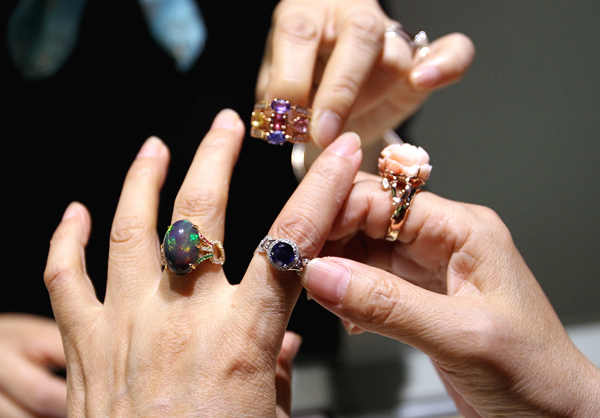 |
|
Sample pieces of color stone jewelry sold at Gemoiselle. ZHANG WEI / CHINA DAILY |
"Buying diamonds seems like an unrealized dream for many women. People who were born in the 1960s and 1970s were unable to afford diamonds when they got married. "With economic and social development, as well as improved living standards, diamonds are now no longer a dream for them," she said.
Like many other jewelers, Shanghai Laofengxiang Co Ltd, a traditional jewelry chain in China, is turning its attention to millennial women.
"Young Chinese women are fond of fashionable commodities. So, our company will produce more customized jewelry in the future, and set the price at a relatively affordable level," said Wang Ensheng, manager of the marketing department at Shanghai Laofengxiang. "This way, they can buy more accessories for different occasions."
The practice of Hong Kong Lukfook Jewelry is even more bold. In order to attract young women, it plans to set up nail-care areas in some of its mainland stores, and hire good-looking bus drivers to take millennial women straight to their shopping destinations.
Bruce Cleaver, chief executive of De Beers, the largest diamond producer in the world, said millennials don't buy diamonds just around marriage proposal, engagement or wedding. That was the trend during the time of their parents and grandparents, who bought diamonds as a symbol of social status.
Now, according to Chinese business magazine CBNweekly, young consumers buy diamonds for self-expression. So, product design has become very important.







